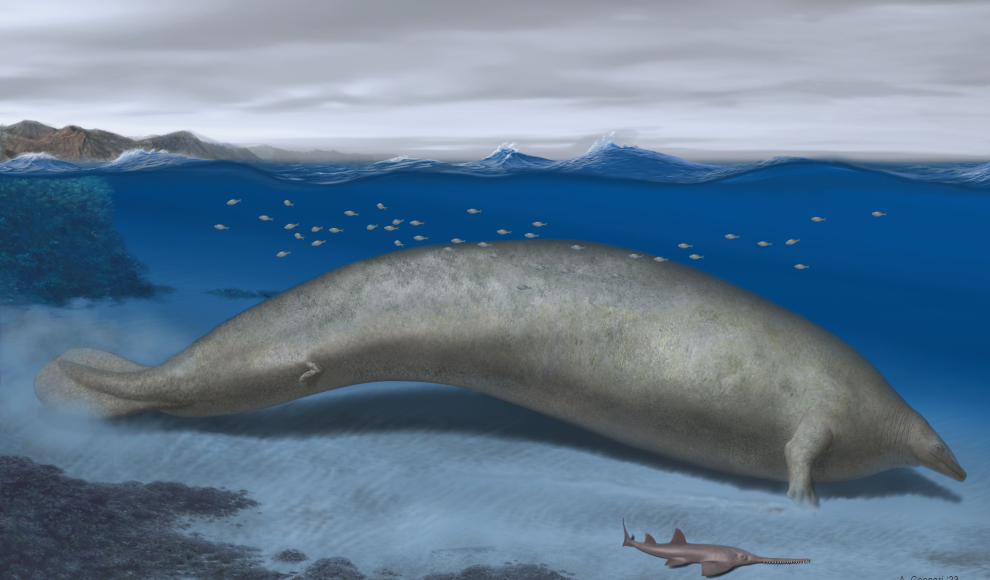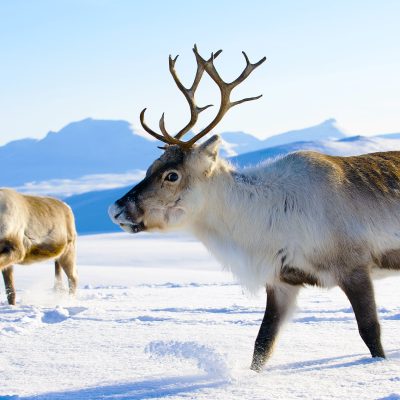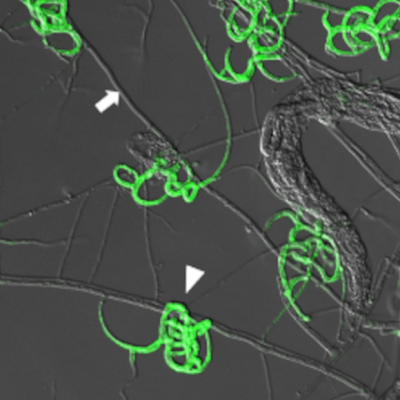The discovery of a colossal fossil of an extinct whale species, Perucetus colossus, has changed our understanding of whale evolution. According to a publication in the scientific journal Nature, the Perucetus colossus lived around 39 million years ago in coastal waters and is the heaviest known animal in Earth’s history. The fossil’s vertebrae weigh over 100 kilograms each, and the whale’s ribs are 1.4 meters long. The 20-meter-long skeleton of the Perucetus colossus weighs between five and eight tons, making it two to three times heavier than the skeleton of a 25-meter-long blue whale.
Researchers from the State Museum of Natural History in Stuttgart, led by Dr. Eli Amson, analyzed the fossil of the early whale species, which was discovered ten years ago in the desert on the southern coast of Peru. Using various methods, the scientists reconstructed the weight of a living Perucetus colossus, ranging from 85 to 340 tons. The impressive weight of the Perucetus colossus can be attributed to two significant changes in its skeletal structure: the additional deposition of bone material on the outer surface of the skeletal elements and the increase in bone density.
The discovery of the Perucetus colossus sheds new light on our understanding of whale evolution. The analysis suggests that whales may have reached their massive body size much earlier than previously thought, possibly 30 million years earlier. This finding challenges the assumption that the evolutionary step towards true gigantism in whales, as observed in modern baleen whales such as the blue whale, is a relatively recent phenomenon that occurred only about 10 million years ago. The Perucetus colossus, with its massive size and extremely high bone weight, lived 39 million years ago and may be the heaviest animal ever described.
In conclusion, the discovery of the Perucetus colossus fossil has provided valuable insights into the evolution of whales and their adaptation to an aquatic lifestyle. The research conducted by the State Museum of Natural History in Stuttgart has challenged previous assumptions about the timeline of whale evolution and highlighted the importance of skeletal structure in regulating buoyancy in marine mammals. The Perucetus colossus is a remarkable example of the incredible diversity of life on Earth and the remarkable adaptations that have allowed species to thrive in different environments.










